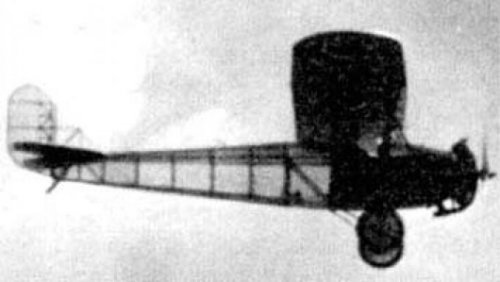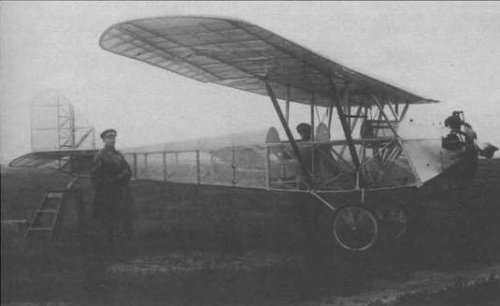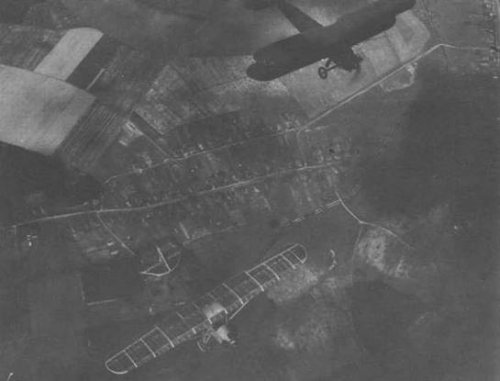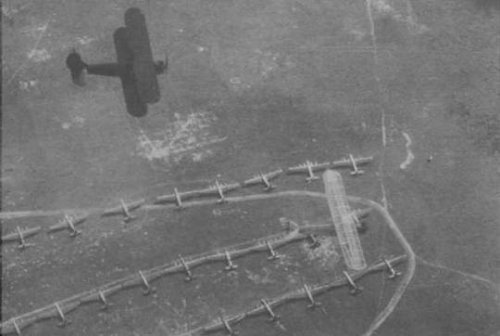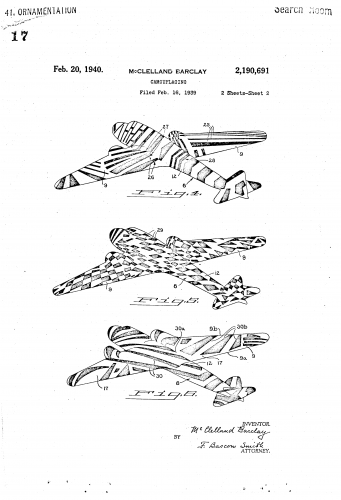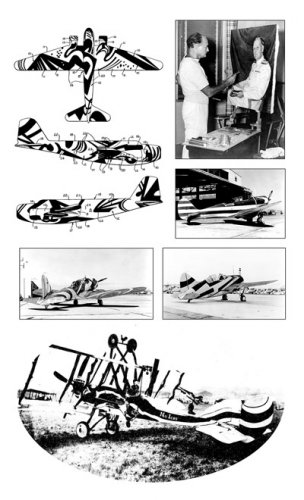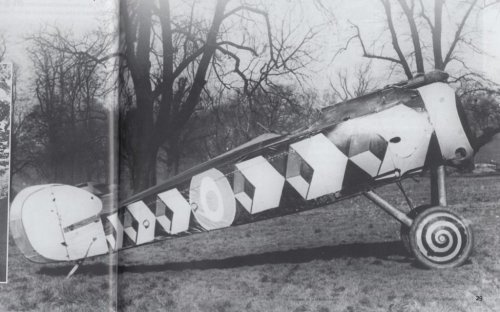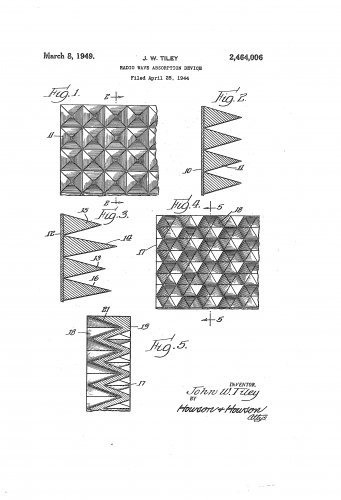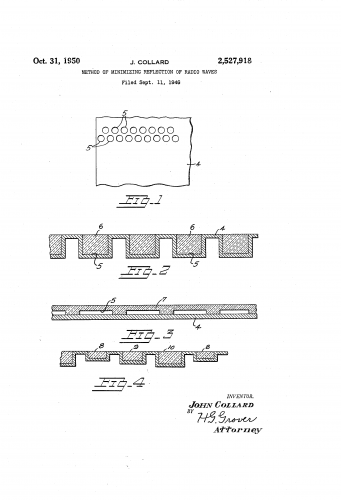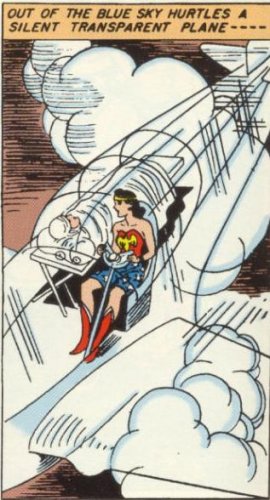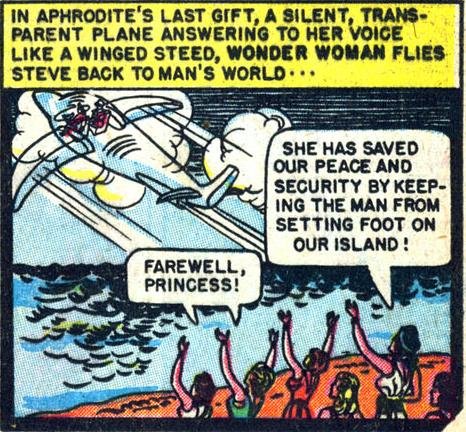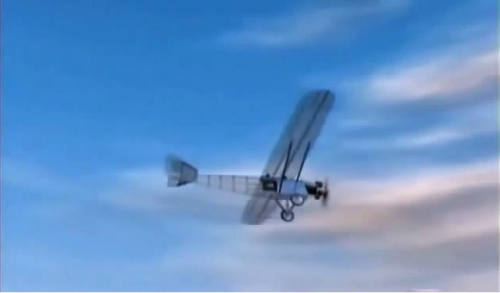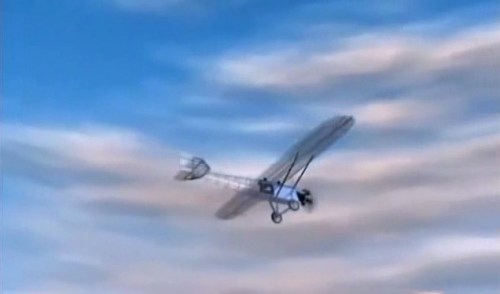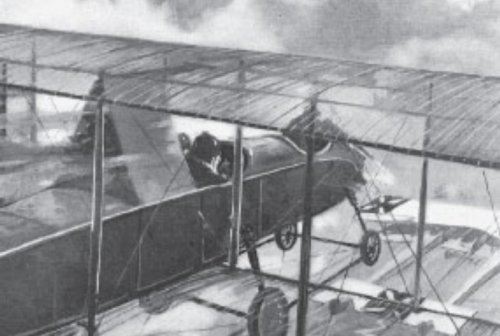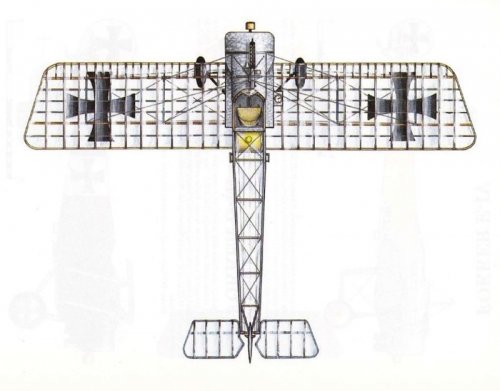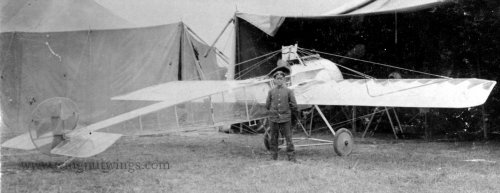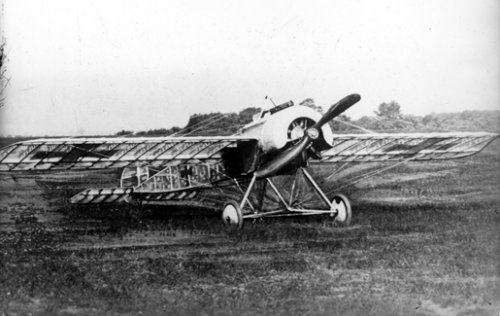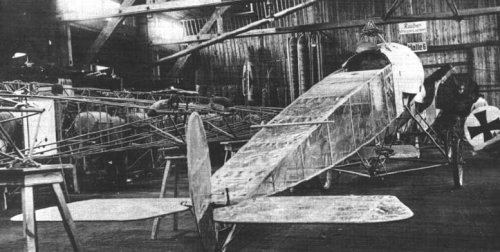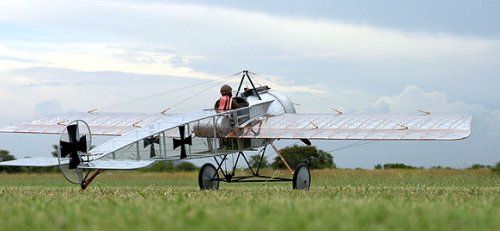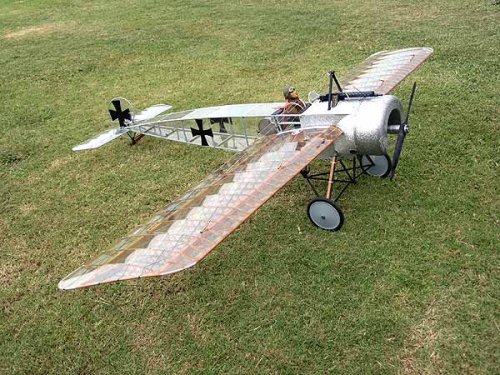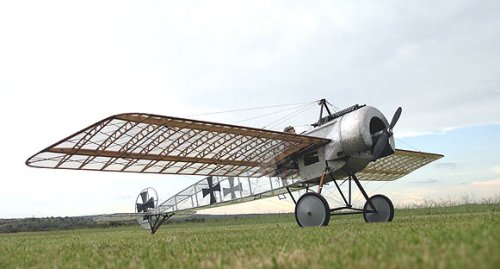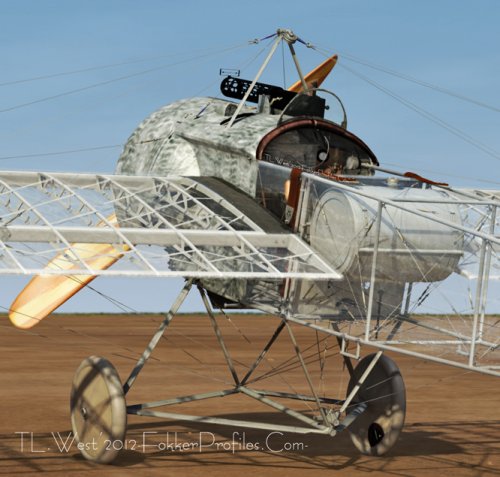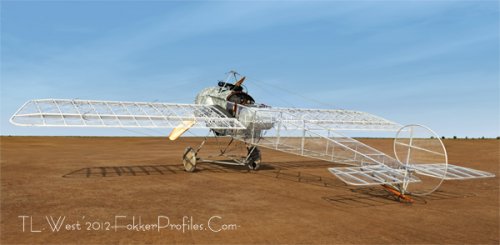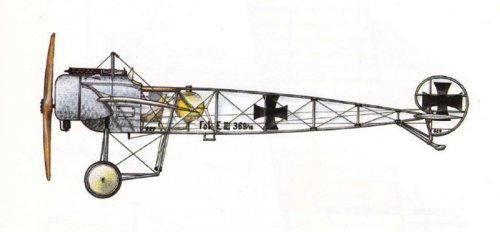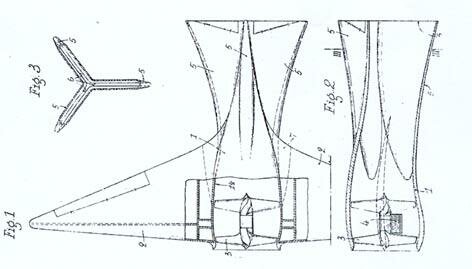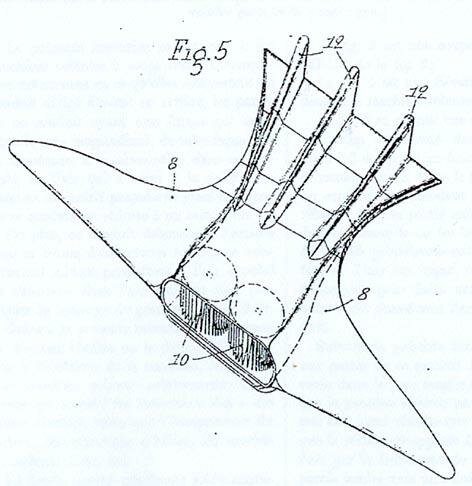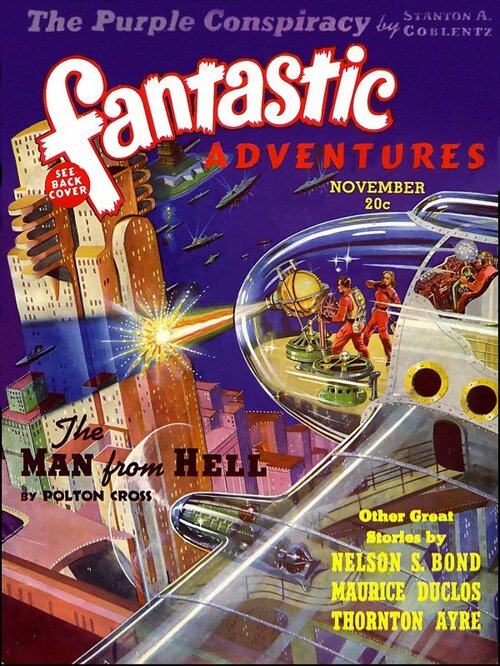Sorry to belabour Horten / Gotha Ho 229 / Go 229 alleged 'stealth' point but here are some quotes from the 'Horten Ho 229 Reconstruction Project':
i) "There are multiple reasons why we want to rebuild Ho 229. One of the reasons is the historic significance which can be linked to our modern stealth fighters Lockheed F-117 Nighthawk & Northrop Grumman B-2 Spirit Stealth Bomber.
Both aircrafts used stealth technologies that made them less susceptible to radar detection which was initially used in Horten 229. Horten brothers saw the opportunity to militarize stealth technology in their early attempts to create an aircraft that can not be detected by early radars. In their initial efforts they established the development of more advanced techniques which are now an important part of our modern fighters."
http://www.hortenwings.com/
I've added the italics but everything else is as in the original. What are the sources for these claims?
ii) The site also makes clear that recreating the Ho 229's (again alleged) stealth qualities is not part of the mission:
"What we are not looking for: We are not planning to rebuild stealth capabilities of this airplane. Stealth technologies are outside of our scope. In addition, current FAA rules prohibit operating aircraft without transponder, therefore rendering any stealth technology implemented useless. Bottom line, we want to be very visible to all aircraft traffic and radar operators, so all FAA rules apply."
iii) Re: materials used: "Our Goals: The main idea is to rebuild Horten 229-V3 fighter from the modern materials such as aircraft grade aluminum alloys, and vacuum molded carbon fiber reinforced polymer using the original production approved drawings. The aircraft will be powered by two General Electric CJ610 jet engines which are a non-afterburner turbojet engine derived from the military J85s."
http://www.hortenwings.com/#!goals/c6in
iv) Some quotes from the FAQ page:
"
Are you planning to make it out of the wood just like the original? - No, this aircraft will be made from the modern aluminum alloys and other materials. The only reason why Horten brothers used wood to manufacture this aircraft was the fact that they could not find enough aluminum which was simply unavailable (and way too expensive to produce) during World War II.
Are you planning to reproduce center frame from the steel tubing? - No, steel and aluminum does not mix very well, combining both will eventually lead to a galvanic corrosion. In addition, steel frame require extensive welding which will surely weaken joints and make them susceptible to cracks & deformations after numerous operation cycles of the aircraft.
Are you planning to fly it supersonic? - We are not planning to test this aircraft above supersonic speeds. Horten 229 was not designed to go supersonic in the first place. Attempting to do so will jeopardize aircraft, pilot and people below.
Are you planning to make it invisible? Will it have any stealth technology? - We are not planning to rebuild stealth capabilities of this airplane. Stealth technologies are outside of our scope. In addition, current FAA rules prohibit operating aircraft without transponder, therefore rendering any stealth technology implemented useless. You should keep in mind that our current radars operate at much higher frequencies than the first World War II radars, so even if we rebuild this aircraft from wood using the original technology, it will still create a significant radar signature.
How long will it take to finish Ho 229? - our estimated time to completion is 12,000 man-hours or approximately 12 to 18 months.
What make you think you would be able to finish this project in 12 months? - During World War II Horten brothers were able to test Ho 229 V2 in just 6 months. They worked in a harsh condition employing furniture makers without any aircraft building experience and had severe shortages in every material you can imagine. In some cases they had to strip downed aircrafts for needed parts or even "borrow" supplies at night when no one was looking. On the other hand we have an abundance of all materials needed including reliable jet engines, access to laser cutters, CNC milling machines and other computerized equipment used for rapid development, prototyping and testing, FAA certified workers, luxury of the CAD design and simulation, and a professional production environment.
How are you going to manufacture complex parts that require production of unusual shapes like jet intakes? - The majority of complex shapes will be vacuum molded from the carbon fiber reinforced polymer"
http://www.hortenwings.com/#!faq/c172h
So (yet again) I have still to see anything like hard evidence that the Horten brothers or anyone else in WW2 Germany had any ideas aimed at reducing aircraft radar cross-section.
v) The only (possibly relevant) patent I can find is this one:
'Method of eliminating reradiation', US 2103358 A
Publication date: December 28th 1937, Filing date: March 13th, 1935; Priority date: March 26th, 1934
Inventors: Albrecht Gothe, Original Assignee: Telefunken Gmbh,
http://www.google.com/patents/US2103358
vi) And to conclude with an example of the sort of misunderstanding this 'Horten stealth' business can lead to, a little item from one of the things we call newspapers in the U.K.:
http://www.dailymail.co.uk/news/article-1198112/Sleek-swift-deadly--Hitlers-stealth-bomber-turned-tide-Britain.html

